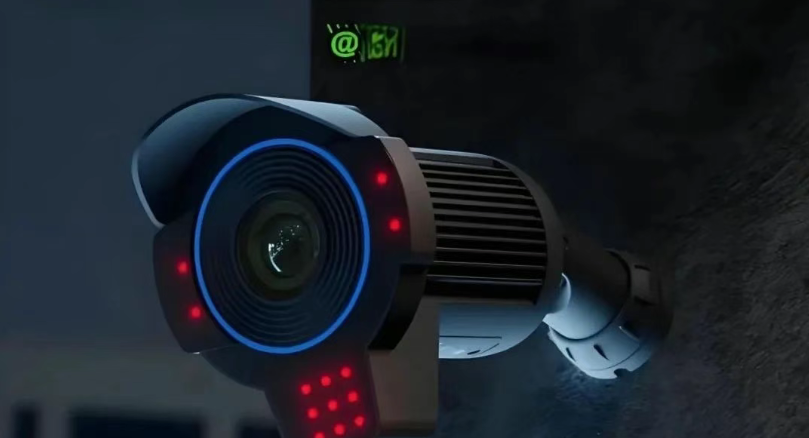
Optical components are the core elements of any security monitoring system. Their performance directly determines image quality, adaptability to different environments, and the level of intelligence the system can achieve. This article examines the importance of optical components from three perspectives: fundamental functionality, scenario-specific adaptability, and future development.
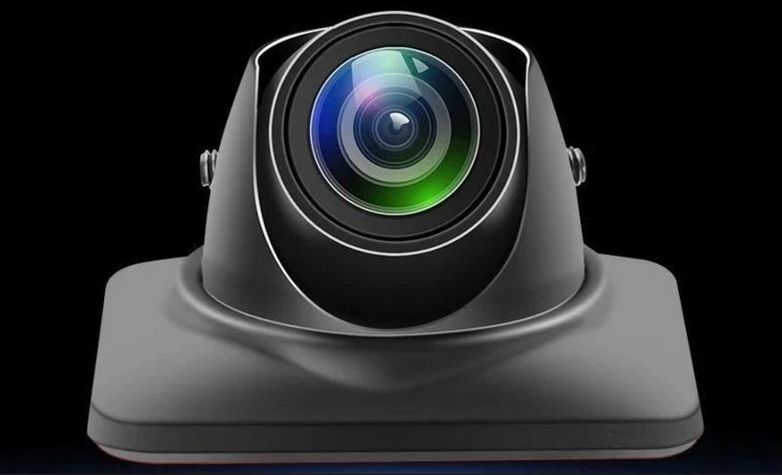
1. Fundamental Functionality
Ensuring High-Quality Imaging
– Clarity and Resolution
– Convex lenses focus light to capture fine details at long distances (e.g., license plates, facial recognition).
– Aspheric lenses correct aberrations, improving edge sharpness and reducing barrel or pincushion distortion.
– Concave lenses disperse light and are commonly used in wide-angle lenses to broaden coverage (e.g., parking lot surveillance).
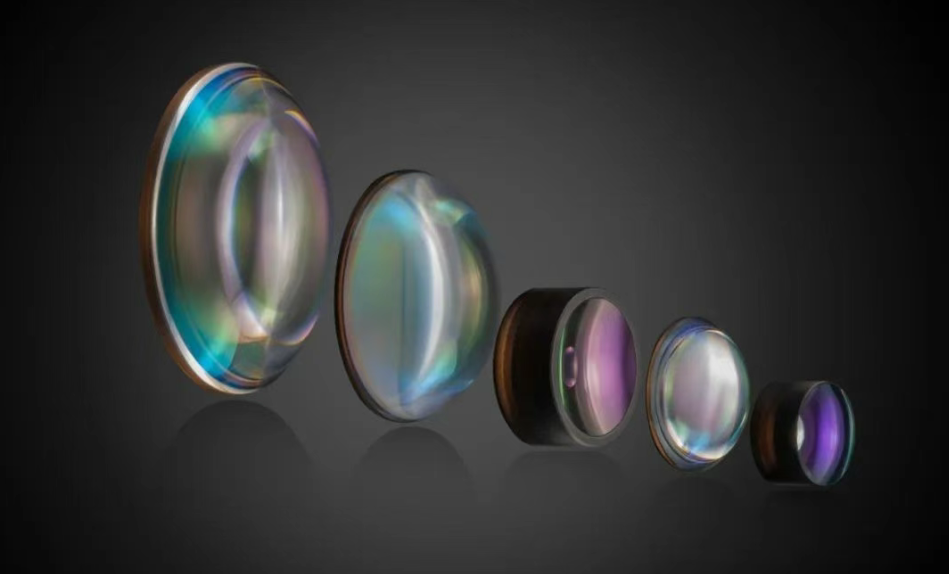
2. Components for Special Scenarios
Meeting Diverse Surveillance Needs
– Night Surveillance
– IR filter switchers: block infrared light during the day and allow it at night, enabling 24-hour monitoring with IR illumination.
– Low-light devices: such as image intensifiers (ICCD) or Electron Multiplying CCDs (EMCCD), provide clear imaging under extremely low light (<0.01 lux), ideal for borders or forests.
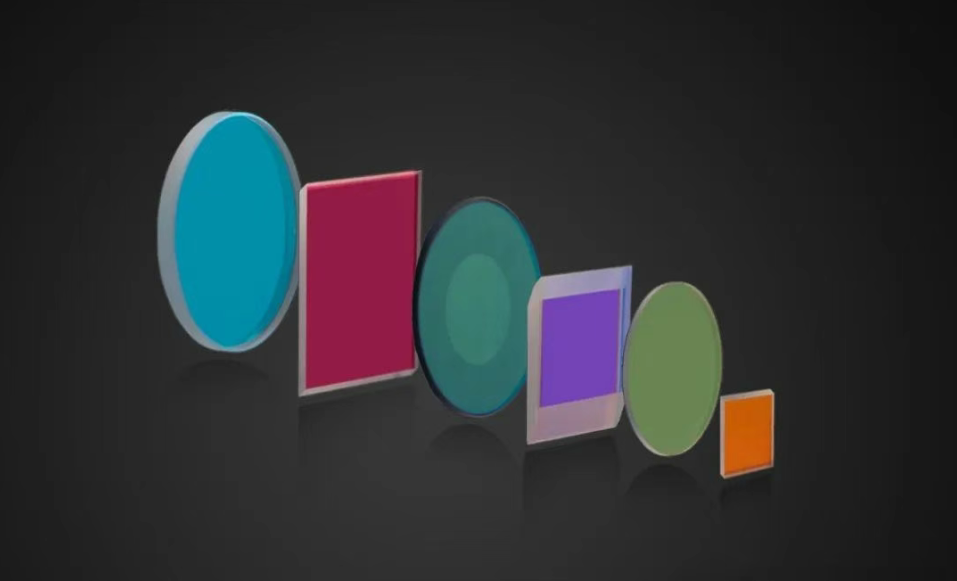
3. Future Development
Emerging Optical Technologies
– AI-Integrated Optics
– Lenses with built-in NPU chips
– Intelligent filters
– Miniaturization and Lightweight Design
– Hybrid glass-plastic lenses
– Micro-lens arrays
– Multi-Spectral and Night Vision
– Multi-spectral filters
– Short-wave infrared (SWIR) lenses
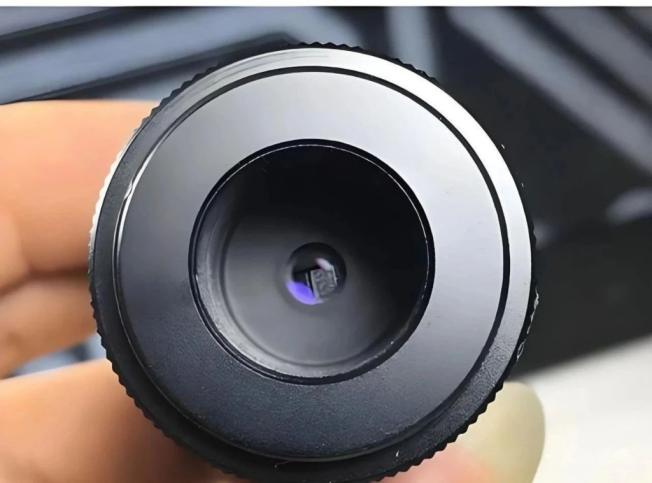
Optical components are both the “eyes” and the “brains” of security monitoring. Through continuous innovation and adaptability, they have evolved from ensuring basic imaging to enabling intelligent analysis. Looking ahead, as 4K/8K resolution, AI, and multi-spectral technologies converge, optical components will continue to drive the security industry toward higher definition, greater intelligence, and more compact designs—playing a critical role in building a safer and smarter society.
